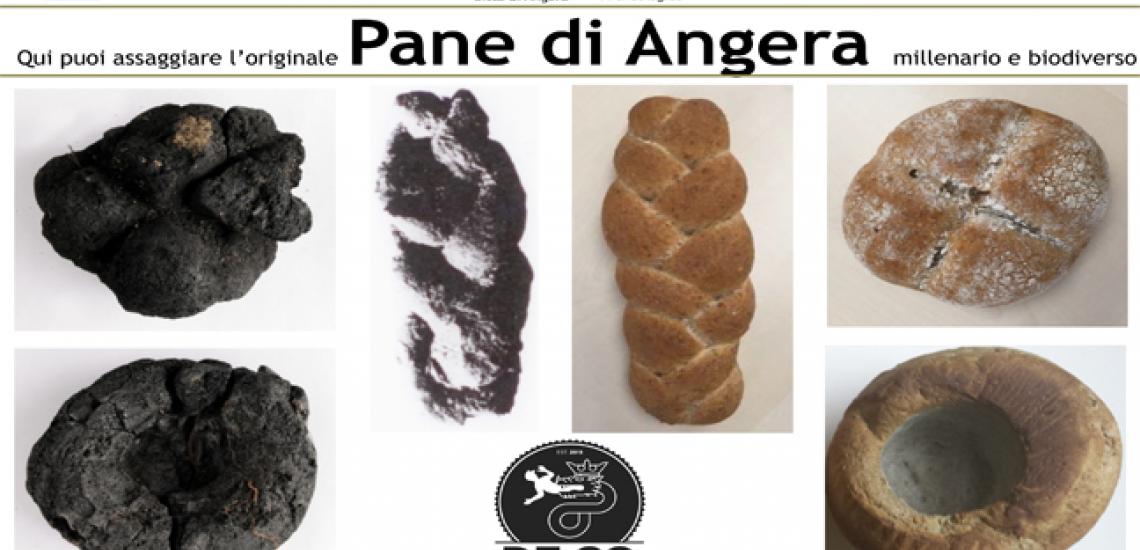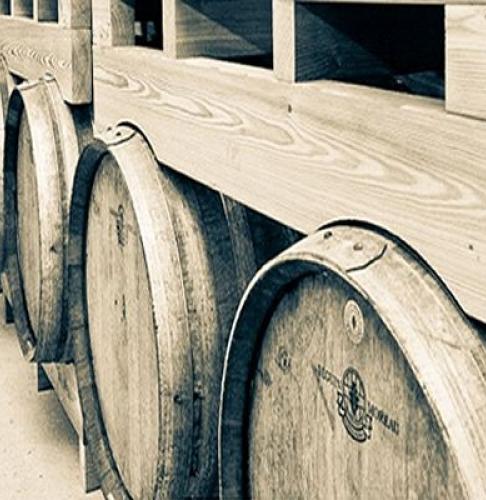The Bread of Angera
De.Co 2015
Angera is famous, second only to Pompeii, for the quality and quantity of bread made using the processes of the Roman period. Researchers in a joint project between the Civic Archaeological Museum of Angera and the Soprintendenza Archeologia of Lombardy, rediscovered the millenari (“thousand year”) biodiverse bread, which came to light during the excavations of Angera and was still exceptionally intact after almost 2,000 years.
The archaeobotanical analyses carried out by the Laboratory of Archeobiology of the Civic Museums of Como revealed that they were made with spelt and wheat that had been coarsely ground into flour with stone, and leavened using sourdough or brewer's yeast. It was decided that the panini millenari (thousand year loaves) be revived by recreating them under the Municipal Designation of Origin label, which protects and regulates production and consumption.
Chef Claudio Mei Tomasi and baker Claudio Giombelli developed the recipe starting from the ancient ingredients and using only stone-ground organic flour and natural yeast. Angera bread has now been on sale at authorized shops since 2015.
This ancient bread is available in at least three authentic forms. The first is pane quadratus, a round loaf, divided into four by a cross incision, made to simplify the ritual of breaking bread together, significant in weddings, alliances and friendships. The second is la treccia, a plaited loaf, which highlights the importance the ancient Romans gave to aesthetics in everything, even food, and the third is a deeply indented loaf that, after a suggestion by Nello Grossi, was called Tazìna, which means bowl in Angerese dialect. The tazina is served only in authorized local restaurants, and used as a bowl for sauces, creams and soups that have been inspired by ancient foods or typical local products.
The Tazìna of Angera is so good that when you have finished the soup, it is impossible to resist eating the bowl just as the Romans did. So do it! We thank all those who collaborated on the project because everything we invent and create together, giving a helping hand to each other, is better and more beneficial for everyone, always.












